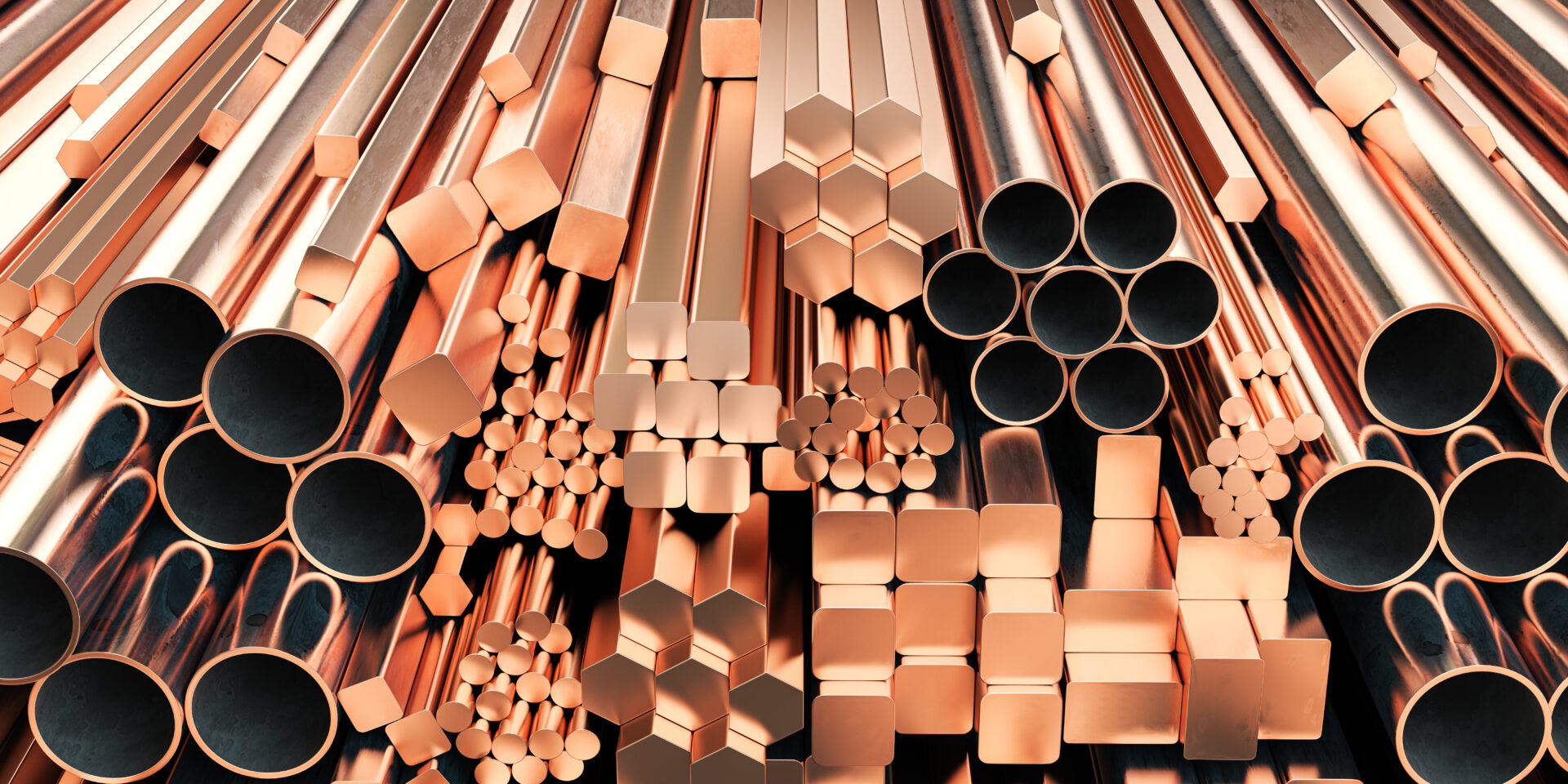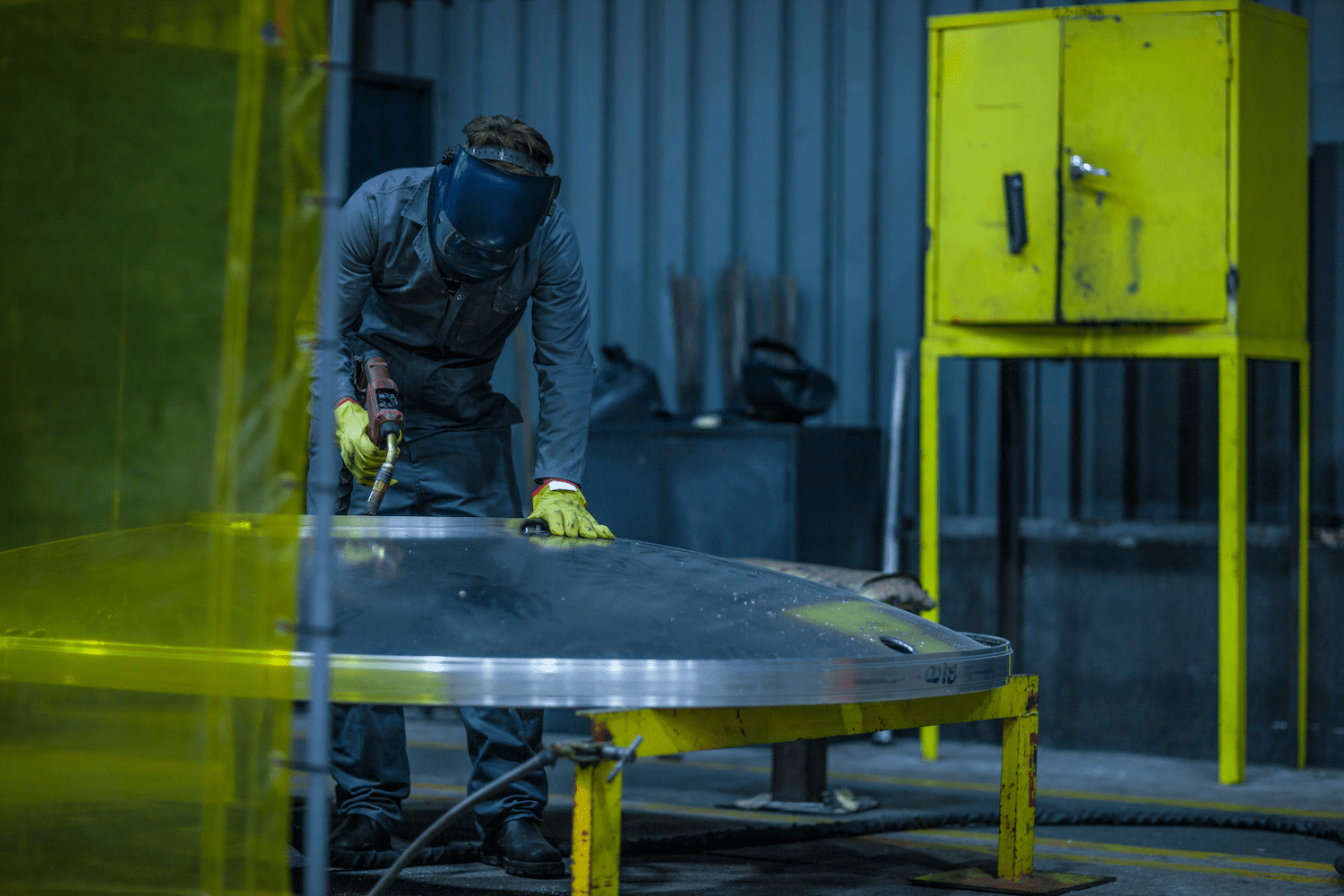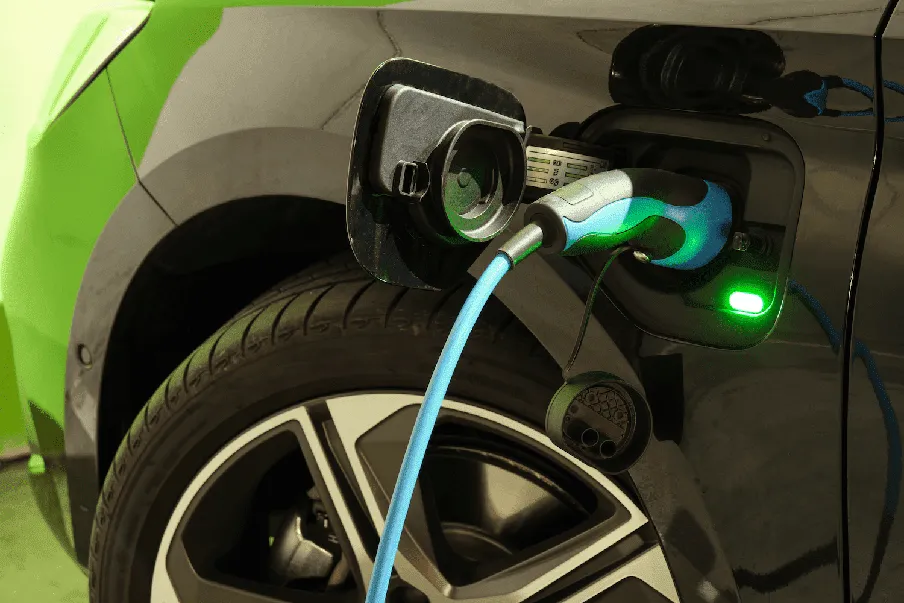
From 1990 to 2018, the waste produced by the construction and demolition (C&D) industry increased by 342% according to the EPA. This extreme increase raises concerns about how the industry’s waste management procedures affect the environment, especially with so much debris going straight to the landfill.
So, how do we turn things around? Well, let’s look at the benefits of construction waste management to see how we can take advantage of initiatives that will improve the industry’s efficacy and lead to a more sustainable construction model.
Without further ado, let’s dive right in!
The 6 Key Benefits of Construction Waste Management
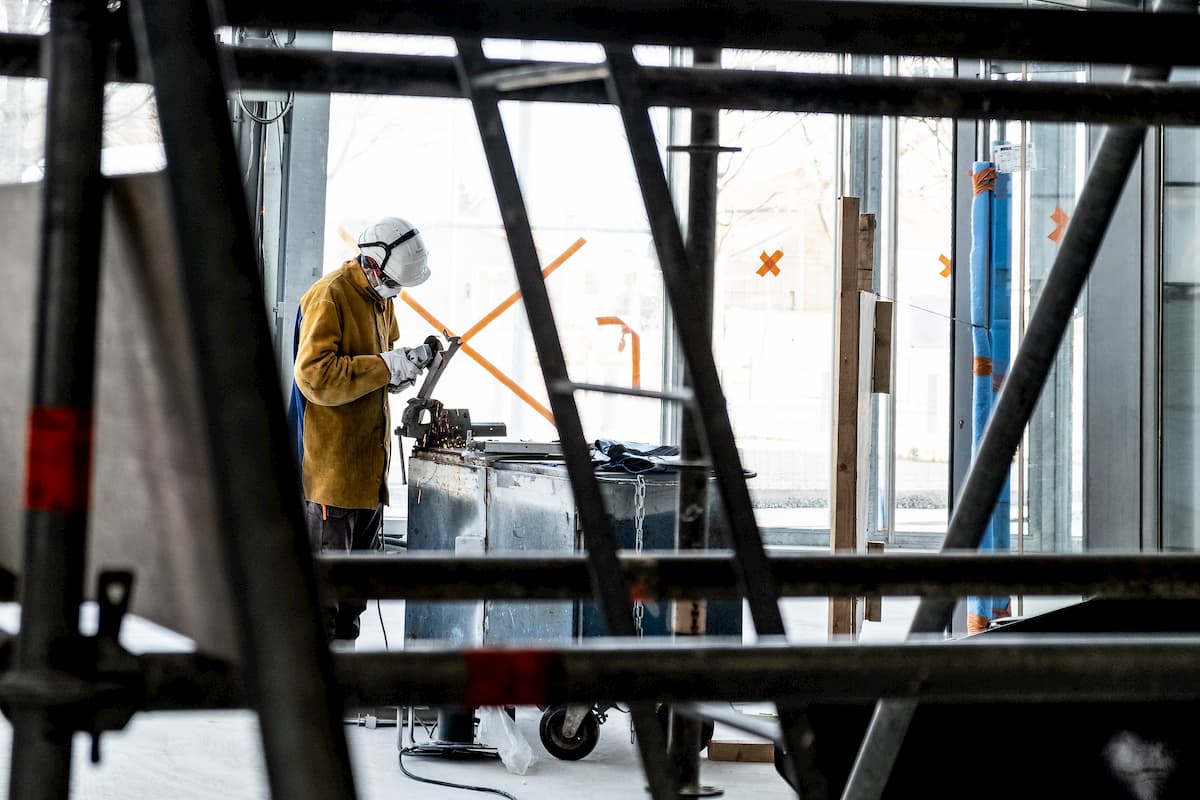
Construction waste management plays a pivotal role in not only preserving our environment but also in enhancing the efficiency and sustainability of construction projects. By implementing effective waste management strategies, we can minimize environmental impact, reduce costs, and promote responsible resource utilization throughout the construction lifecycle.
Here are the key benefits of construction waste management:
1. Reduced Pollution and Environmental Impact
It’s no secret that C&D produces a lot of waste, but with the right construction waste management, these companies can significantly reduce pollution and minimize their environmental impact. Implementing proper management practices, such as sorting and recycling materials, helps divert substantial amounts of waste from landfills. Therefore, reducing methane emissions.
Moreover, the adoption of sustainable construction techniques, including the use of recycled materials and efficient waste disposal methods, diminishes the demand for raw resources. By prioritizing waste minimization and recycling, construction projects can substantially decrease their carbon footprint.
2. Resource Conservation
Since many of the materials used in C&D are finite, it’s important to take the necessary steps to protect those resources. As mentioned above, sustainable construction techniques reduce the demand for raw resources which helps promote conservation.
By implementing effective waste management practices we can minimize the depletion of finite resources and preserve the environment for future generations.
3. Promote Recycling & Reusing
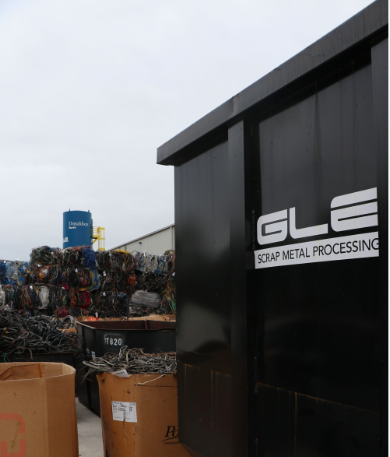
Another key benefit of construction waste management is reusing material for future projects. With the right practices in place, we can divert significant waste from landfills. Additionally, giving materials a second life reduces the demand for new resources, decreases energy consumption, and minimizes the environmental impact associated with manufacturing processes.
According to this source, 76% of all C&D waste in the U.S. was recovered or recycled in 2018. While we still have a ways to go to reach a fully circular economy, we are taking strides in the right direction.
4. Enhanced Worker Safety
When waste materials are left or discarded on C&D sites, it can pose substantial risks for the workers on that project. Hazards related to loading/unloading materials, traffic safety, and slip and falls can arise when waste is not properly handled on site.
By organizing and disposing of waste effectively, potential hazards and risks on construction sites are minimized, thereby promoting worker safety and reducing the likelihood of accidents or injuries.
By following the established guidelines and regulations, companies can demonstrate responsible business practices while also minimizing their waste.
5. Save Money
Another major benefit of construction waste management is that it not only helps the environment but it also helps you save money. With the right practices in place, you can lower operational costs and increase profitability.
Reusing unused materials and finding new ways to recycle resources will keep more money in your pocket. In fact, a research team at Washington State University is finding new ways to recycle low-value construction waste to lower the cost of building new homes. This kind of thinking will ultimately benefit C&D companies and their clients alike.
6. Establish a Good Reputation
When companies take meaningful strides toward environmental responsibility, they establish themselves as industry leaders for sustainable solutions. Building a positive brand image is a benefit of waste management because people want to work with companies that are stewards of the environment.
Overall, embracing sustainable waste management practices enhances a company’s reputation, attracting clients, investors, and partners who value environmentally conscious and socially responsible businesses.
How to Build a Circular Economy for Your Construction Business
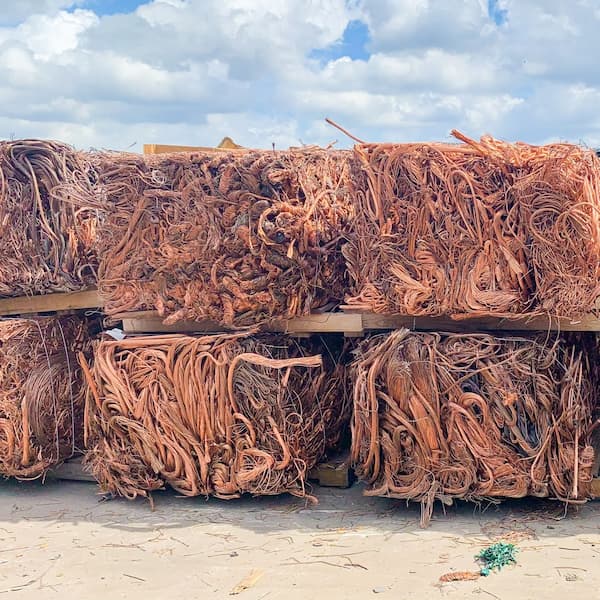
The concept of a circular economy refers to an economic system aimed at minimizing waste and making the most of resources. In a circular economy, products, materials, and resources are kept in use for as long as possible, through strategies such as reuse, repair, remanufacture, and recycling.
The goal is to move away from the traditional “take-make-dispose” linear model of production and consumption, which relies heavily on the extraction of raw materials, the production of goods, and the disposal of waste. Instead, the circular economy promotes the creation of closed-loop systems where materials are continuously circulated within the economy to reduce the consumption of finite resources.
- Examine your current waste cycle: Start by assessing the types and quantities of materials used in construction or demolition projects. Identify opportunities to reduce waste and increase the use of recycled or reclaimed materials.
- Identify gaps in your waste management: By carefully examining current practices, you can pinpoint areas where waste is being generated unnecessarily or where opportunities for improvement exist.
- Collect and sort reusable materials: Establish a recycling plan based on the materials commonly found on your sites and set up collection bins to separate the materials. Common resources include non-ferrous metals such as aluminum, brass, copper, lead, and tin, ferrous metals like steel and iron, copper wire, wood, plaster, and drywall, cement, brick, concrete, tile, and asphalt.
- Separate toxic materials: If you suspect certain resources have been contaminated by chemicals or other toxins, sort them into their own collection bins for proper processing. If feasible, prioritize replacing toxic materials with these safer alternatives, even if they entail higher initial costs. Over time, the potential for recycling and prolonged reuse of these materials can lead to significant long-term savings.
- Form partnerships with recycling facilities: Partnering with the right recycling facility is essential for efficient material removal and processing. Ultimately, these partnerships aim to simplify the recycling process to create a streamlined and efficient model that encourages material reuse.
Recycle Your Scrap Metal With GLE Scrap
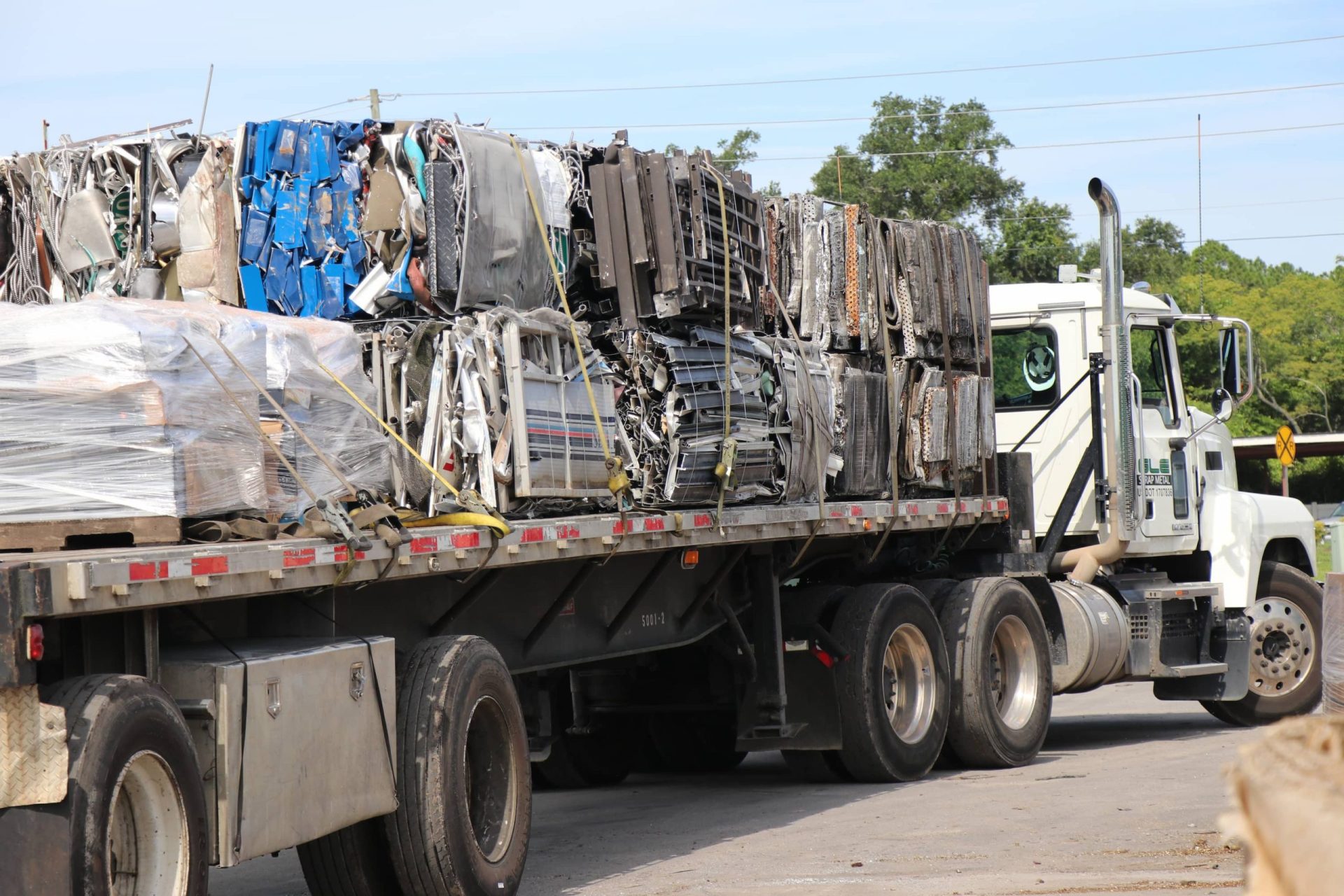
By implementing strategies such as waste reduction, recycling, and partnering with the right recycling facilities, companies can significantly minimize their environmental footprint while maximizing resource efficiency.
As you strive to enhance your waste management efforts, consider GLE Scrap as your trusted partner for all your metal recycling needs. With our expertise and commitment to sustainability, we can help you streamline your recycling processes and ensure that your scrap metal is handled responsibly and efficiently.
Together, let’s build a greener, more sustainable tomorrow. Contact GLE Scrap today to start your recycling journey! Call us at 855-SCRAP-88 or visit our website to request a quote.

